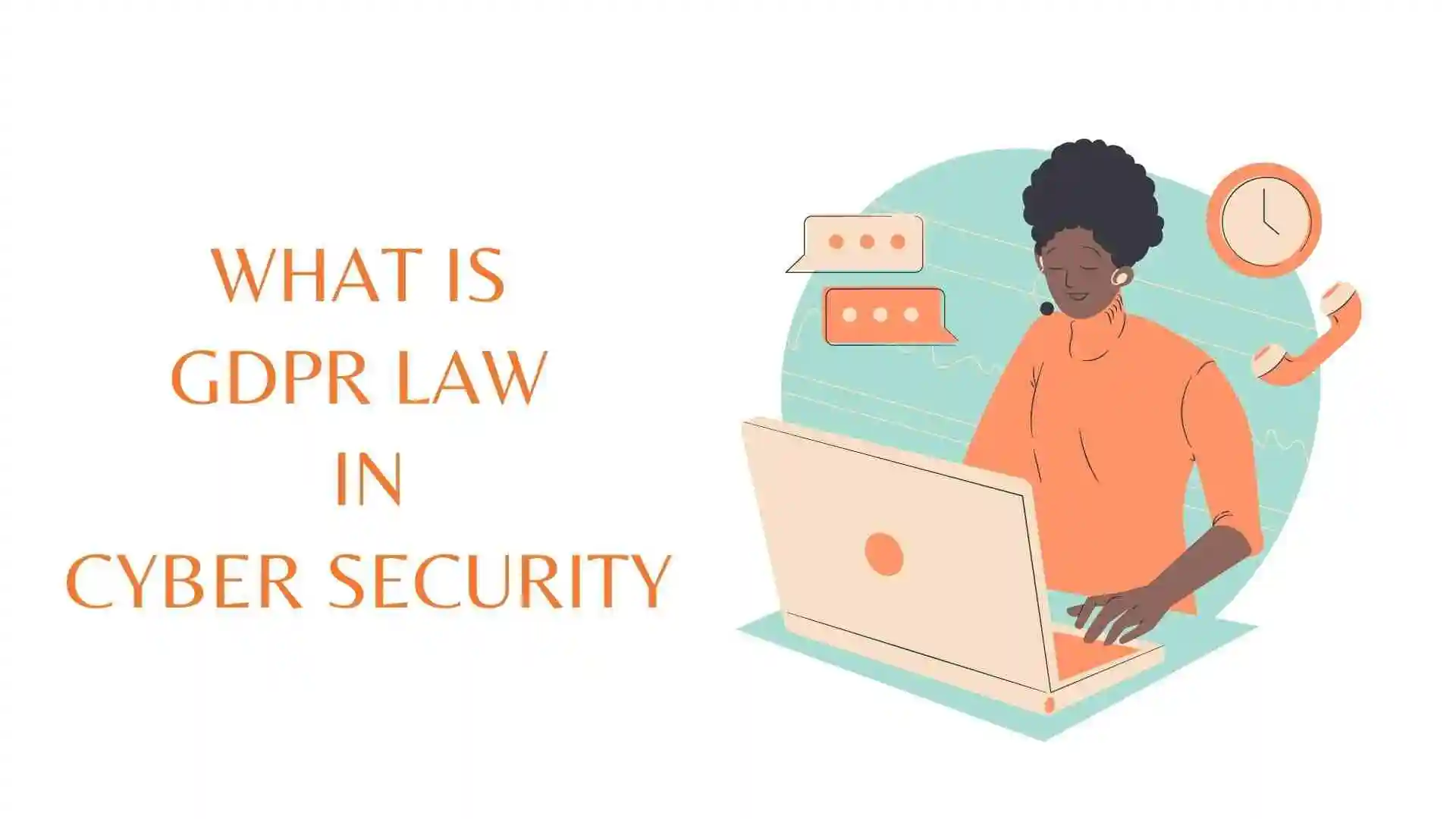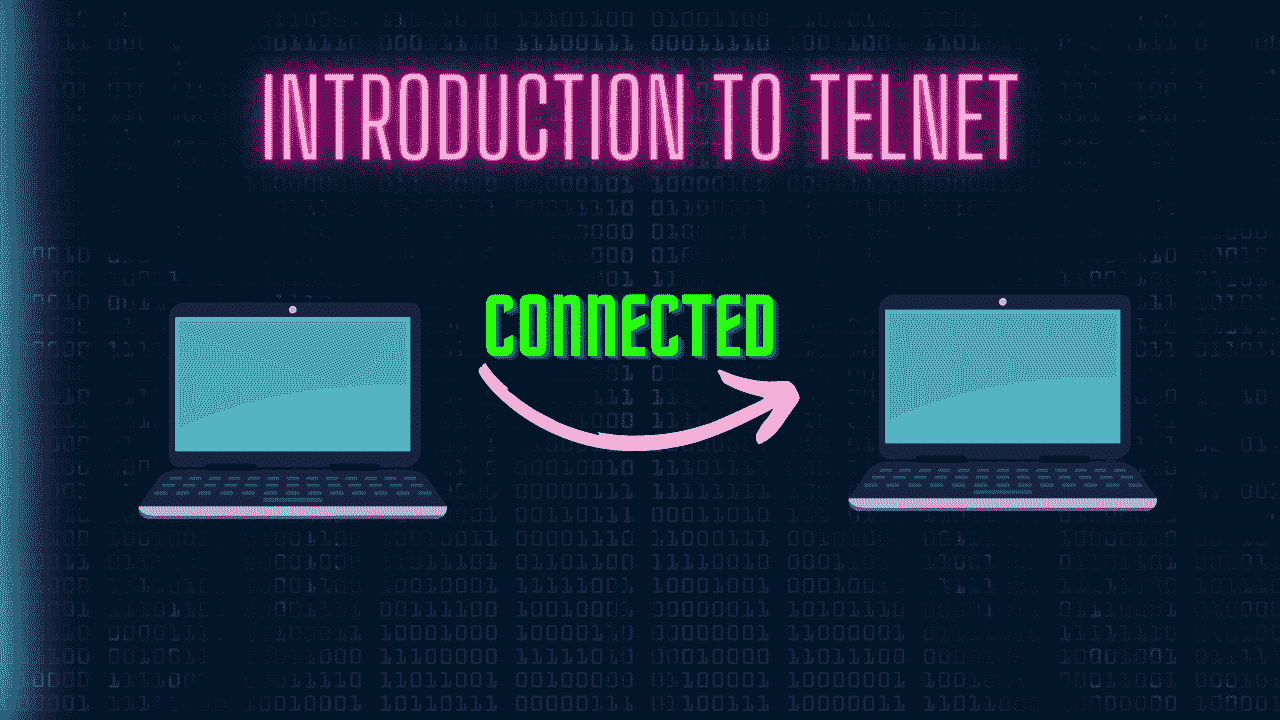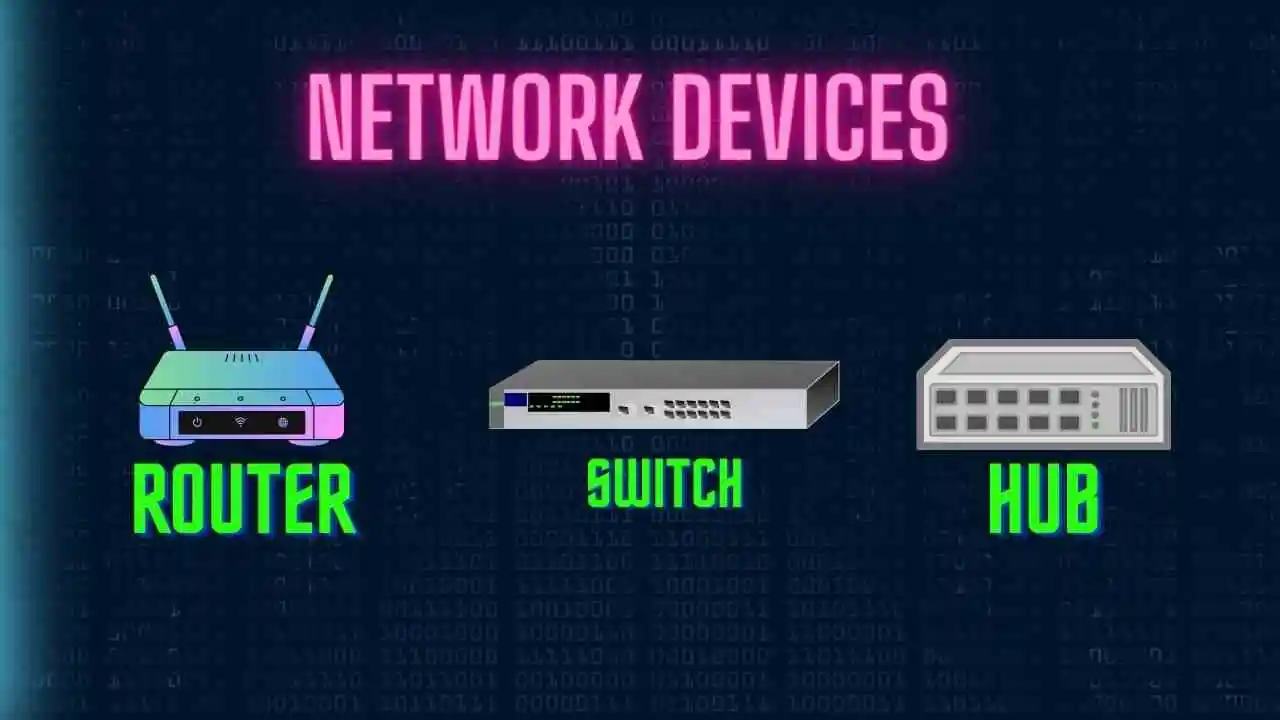In this blog, we will learn about GDPR (General Data Protection Regulation), which is one of the most important Cyber Security Laws. We will see the main purpose of this law and its reasons. So let’s get started with the blog.
Table of Contents
- Introduction to GDPR
- Key Elements of GDPR
- Purpose of GDPR
- How Do Companies Become Compliant Under the GDPR?
- FAQ
- Recent Articles on Computer Networks
- Blogs Related to Cyber Security
Introduction to GDPR
The General Data Protection Regulation (GDPR) is a comprehensive data privacy and protection regulation that came into effect on May 25, 2018, within the European Union (EU) and the European Economic Area (EEA).
It was designed to harmonize data protection laws across EU member states and enhance the rights and privacy of individuals with regard to their personal data. The GDPR replaces the Data Protection Directive 95/46/EC and introduces significant changes in how organizations handle and process personal data.
Key Elements of GDPR
Key elements and principles of the GDPR include:
1) Scope and Territorial Application:
The GDPR applies to organizations that process the personal data of individuals located within the EU, regardless of where the organization itself is based. This extraterritorial scope ensures that organizations worldwide are required to comply if they handle EU citizens’ data.
2) Legal Basis for Processing:
Organizations must have a lawful basis for processing personal data. These include consent, contract performance, legal obligations, vital interests, public tasks, and legitimate interests. Consent must be freely given, specific, informed, and unambiguous.
3) Individual Rights:
The GDPR grants individuals several rights over their personal data, including the right to access their data, rectify inaccuracies, erase data (the “right to be forgotten”), restrict processing, have data portability, and object to certain processing activities.
4) Data Protection Officer (DPO):
Some organizations are required to appoint a Data Protection Officer responsible for monitoring GDPR compliance, providing advice, and acting as a point of contact for data subjects and supervisory authorities.
5) Data Breach Notification:
Organizations are obligated to report data breaches to supervisory authorities within 72 hours of becoming aware of the breach, unless the breach is unlikely to result in a risk to individuals’ rights and freedoms.
6) Privacy by Design and Default:
Organizations must implement privacy measures and safeguards at the design stage of processes and systems that involve personal data. Data protection should be built into processes by default.
7) Cross-Border Data Transfers:
Personal data can only be transferred outside the EU to countries that ensure an adequate level of data protection. Adequacy decisions, standard contractual clauses, binding corporate rules, and other mechanisms can be used to facilitate such transfers.
8) Penalties and Fines:
The GDPR introduces significant penalties for non-compliance, including fines of up to €20 million or 4% of an organization’s global annual revenue, whichever is higher.
9) Accountability:
Organizations are required to demonstrate compliance with the GDPR and maintain records of their data processing activities.
10) Consent for Children:
Stricter rules apply when processing the personal data of children, requiring parental consent for individuals under a certain age (16 years in most cases, although EU member states can lower this to 13).
The GDPR aims to empower individuals by providing greater control over their personal data and holding organizations accountable for how they handle that data.
Organizations subject to the GDPR must take steps to ensure they comply with its principles, rights, and obligations, which often involve revising data protection policies, practices, and technologies. Non-compliance can lead to substantial fines and reputational damage.
Purpose of GDPR
The General Data Protection Regulation (GDPR) serves several important purposes aimed at safeguarding individuals’ privacy and providing them with greater control over their personal data in today’s digital age. Some of the key purposes of the GDPR include:
1) Strengthening Data Protection Rights:
The primary purpose of the GDPR is to enhance individuals’ rights over their personal data. It provides individuals with more control and transparency regarding how their data is collected, processed, and used by organizations.
2) Enhancing Privacy:
The GDPR places a strong emphasis on protecting individuals’ privacy. It requires organizations to adopt privacy-focused practices and implement measures that safeguard the confidentiality and security of personal data.
3) Harmonizing Data Protection Laws:
Before the GDPR, data protection laws varied across different European Union (EU) member states, leading to inconsistencies and challenges for businesses operating across borders. The GDPR harmonizes these laws and creates a unified framework that applies consistently across the EU and the European Economic Area (EEA).
4) Facilitating Cross-Border Data Flows:
By establishing a standardized set of data protection rules, the GDPR enables smoother data transfers between EU and EEA countries. This helps organizations conduct business seamlessly across borders while ensuring consistent data protection standards.
5) Empowering Individuals:
The GDPR empowers individuals by giving them greater control over their personal data. It allows individuals to access their data, rectify inaccuracies, erase data, restrict processing, and more. This gives individuals the ability to influence how their data is handled.
6) Encouraging Accountability and Transparency:
Organizations are required to be transparent about their data processing practices and to be accountable for their actions. The GDPR encourages organizations to implement measures that demonstrate compliance with its principles and regulations.
7) Promoting Privacy by Design and Default:
The GDPR promotes the concept of “privacy by design,” which means that organizations must consider data protection and privacy aspects from the very beginning when designing products, services, and processes. This ensures that privacy is a fundamental consideration in all data processing activities.
8) Mandating Data Breach Reporting:
The GDPR mandates that organizations promptly report data breaches to relevant authorities and, in some cases, to affected individuals. This allows for timely response and mitigation of data breaches, minimizing potential harm.
9) Empowering Regulatory Authorities:
The GDPR strengthens the authority of data protection supervisory authorities within each EU member state. These authorities are responsible for overseeing compliance, investigating complaints, and imposing fines for non-compliance.
10) Setting a Global Benchmark:
The GDPR’s influence extends beyond the EU and the EEA. Its principles and requirements have inspired data protection reforms in other parts of the world, setting a benchmark for privacy legislation globally.
Overall, the GDPR aims to strike a balance between enabling data-driven innovation and protecting individuals’ fundamental right to privacy. By creating a comprehensive and modern framework for data protection, the GDPR seeks to adapt to the evolving digital landscape while safeguarding individuals’ interests.
How Do Companies Become Compliant Under the GDPR?
Achieving GDPR compliance involves a series of steps and ongoing efforts to ensure that data processing activities align with the regulation’s requirements. Here’s a general outline of how companies can become GDPR-compliant:
- Understand the GDPR:
- Familiarize yourself with the GDPR’s key principles and provisions. It’s essential to have a solid understanding of the regulation’s requirements, including the definition of personal data, data subject rights, and the obligations of data controllers and processors.
- Appoint a Data Protection Officer (DPO) (if required):
- Under certain circumstances, GDPR mandates the appointment of a Data Protection Officer (DPO). Determine if your organization needs a DPO and appoint one if necessary. The DPO is responsible for ensuring compliance and acting as a point of contact for data protection authorities.
- Data Mapping and Inventory:
- Identify all the personal data your organization processes, stores, or collects. Create a comprehensive data inventory that includes data sources, types of data, and the purposes for which the data is processed.
- Legal Basis for Processing:
- Ensure that you have a valid legal basis for processing personal data. Common legal bases include consent, contractual necessity, legal obligations, legitimate interests, and vital interests. Document the legal basis for each processing activity.
- Implement Data Protection Policies and Procedures:
- Develop and implement data protection policies, procedures, and guidelines that align with GDPR requirements. These should cover data retention, data breach response, data subject rights requests, and more.
- Data Subject Rights:
- Establish processes for handling data subject rights requests, such as the right to access, rectify, erase, or restrict the processing of personal data. Ensure that your organization can respond to these requests in a timely manner.
- Privacy by Design and Default:
- Integrate privacy considerations into your organization’s processes and systems from the outset (Privacy by Design). Default settings should also prioritize data protection.
- Data Security Measures:
- Implement robust data security measures to protect personal data from breaches and unauthorized access. This includes encryption, access controls, and regular security audits.
- Data Processing Records:
- Maintain detailed records of data processing activities, including data processing purposes, data categories, recipients of data, and data retention periods.
- Data Protection Impact Assessments (DPIAs):
- Conduct DPIAs for high-risk data processing activities. A DPIA helps identify and mitigate privacy risks associated with specific processing operations.
- Data Breach Notification:
- Establish procedures for detecting, reporting, and documenting data breaches. GDPR requires the notification of data breaches to the appropriate authorities and affected data subjects in certain cases.
- Vendor and Third-Party Management:
- Ensure that third-party vendors and partners who process personal data on your behalf also comply with GDPR. Implement data processing agreements and conduct due diligence on your data processors.
- Training and Awareness:
- Train your employees on GDPR compliance and data protection principles. Create awareness within your organization about the importance of GDPR compliance.
- Regular Audits and Assessments:
- Periodically review and audit your data protection measures to ensure ongoing compliance with GDPR. Consider conducting external audits or assessments.
- Data Protection Impact Assessment (DPIA):
- For high-risk processing activities, conduct a DPIA to assess and mitigate potential risks to data subjects’ rights and freedoms.
- GDPR Documentation:
- Maintain documentation of your GDPR compliance efforts, including policies, procedures, records, and assessments. This documentation is essential for demonstrating compliance with regulatory authorities.
- Data Protection Authorities (DPAs):
- Establish a relationship with the appropriate Data Protection Authority (DPA) in your jurisdiction. Notify them of your data processing activities as required and cooperate with them when necessary.
GDPR compliance is an ongoing process that requires continuous monitoring and adaptation to evolving data protection practices and regulations. Organizations should stay informed about updates to GDPR and adjust their practices accordingly to remain compliant. Additionally, seeking legal counsel or consulting with data protection experts can be beneficial in achieving and maintaining compliance.
FAQ
The General Data Protection Regulation (GDPR) is a comprehensive data privacy and protection regulation that came into effect on May 25, 2018, within the European Union (EU) and the European Economic Area (EEA).
It was designed to harmonize data protection laws across EU member states and enhance the rights and privacy of individuals with regard to their personal data. The GDPR replaces the Data Protection Directive 95/46/EC and introduces significant changes in how organizations handle and process personal data
Some of the key purposes of the GDPR include:
1) Strengthening Data Protection Rights:
The primary purpose of the GDPR is to enhance individuals’ rights over their personal data. It provides individuals with more control and transparency regarding how their data is collected, processed, and used by organizations.
2) Enhancing Privacy:
The GDPR places a strong emphasis on protecting individuals’ privacy. It requires organizations to adopt privacy-focused practices and implement measures that safeguard the confidentiality and security of personal data.
3) Harmonizing Data Protection Laws:
Before the GDPR, data protection laws varied across different European Union (EU) member states, leading to inconsistencies and challenges for businesses operating across borders. The GDPR harmonizes these laws and creates a unified framework that applies consistently across the EU and the European Economic Area (EEA).
Recent Articles on Computer Networks
- Introduction to Computer Networking | What is Computer Network
- What are Topology & Types of Topology in Computer Network
- What is FootPrinting in Cyber Security and its Types, Purpose
- Introduction to Cloud Computing | What is Cloud Computing
- Distributed Shared Memory and its advantages and Disadvantages
- What is VPN? How doe VPN Work? What VPN should I use?
- What is an Internet and How the Internet Works
- What is a Website and How Does a Website or web work?
- Introduction to Virus and different types of Viruses in Computer
- What is TCP and its Types and What is TCP three-way Handshake
- What is UDP Protocol? How does it work and what are its advantages?
- What is an IP and its Functions, What is IPv4 and IPv6 Address
- What is MAC Address and its Types and Difference MAC vs IP
- What is ARP and its Types? How Does it Work and ARP Format
- Sessions and Cookies and the Difference Between Them
- What is ICMP Protocol and its Message Format?
- What is Big Data? Characteristics and Types of Big Data
- Disciplines of CyberSecurity | What are the goals of CyberSecurity?
- What is Firewall, Features, Types and How does the Firewall Work?
- Network Scanning, Types, and Stealth Scan in Computer Network
- Cryptography and its Types in Ethical Hacking
- Tor Browser and How does it Work | Onion Router Tutorial
- Proxy Server, Advantages, Difference between Proxy Server & VPN
- DHCP Protocol and What Are the Pros and Cons of DHCP
- Intrusion Detection System(IDS) and What are the types of IDS
- Domain Name Server, How Does It Work, and its advantages
- Telnet: Introduction, How Does it Work, and Its Pros and Cons
- SOC: Introduction, Functions performed by SOC, and its Pros
- What is SIEM? | What is the Difference between SIEM and SOC?
- Application Layer in OSI Model | OSI Model Application Layer
- What is SSL Protocol or SSL/TLS and SSL Handshake, and Architecture of SSL
Blogs Related to Cyber Security
- What is Ethical Hacking || Introduction to Ethical Hacking
- System Security and Protection in Cybersecurity
- HIPAA (Health Insurance Portability and Accountability Act) in Cyber Security Law
- PCI DSS (Physical Card Industry and Data Security Standard) in Cyber Security Law
- What is GLBA (Gramm-Leach-Bliley Act) in Cyber Security Law?
- What is NIST (National Institute of Standards and Technology)?




